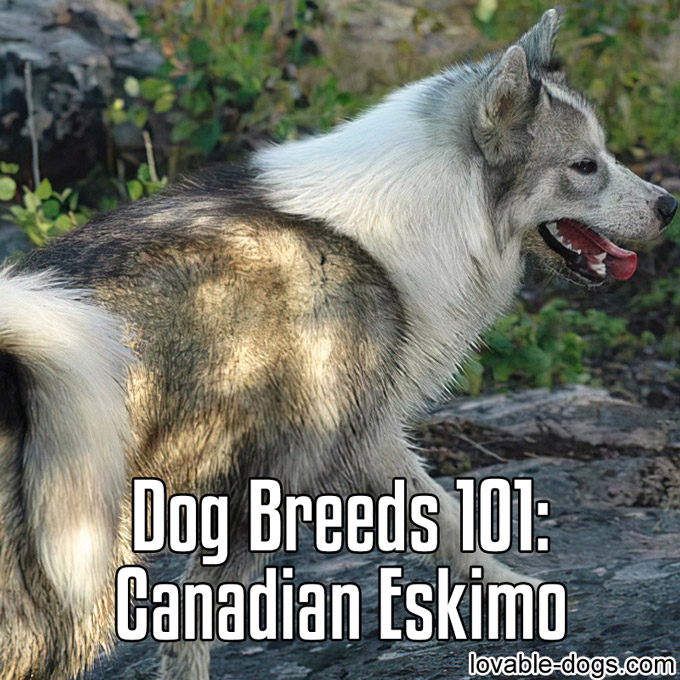
Photo – Wikipedia (PD)
Canadian Eskimo Dogs were originally bred to pull sleds but they were also used to hunt seals and polar bears. This is a breed that comes in many names, Inuit Husky, Qimmiq and Gronlandshund, are just some. Like other sled dog breeds, the Canadian Eskimo Dog has a powerful build, a thick, dense coat and is extremely active. This is the perfect dog for people who want an energetic pet. [1]
The dogs have already been around the Artic region for at least 4,000 years. Genetic research has shown that they are related to the Greenland Dog, except for minor genetic differences. The Inuit (people who inhabits the region) bred the dogs to work and never considered them to be part of the animal kingdom. They considered their dogs as tools for human existence. Aside from hunting, the Canadian Eskimo Dogs were also used to haul supply as well as people. Explorers noted that the dogs were able to track a seal hole from a great distance. [2]
Currently, the breed is threatened with extinction. The dogs were still popular for polar expeditions during the late 19th and early 20th centuries. Approximately 20,000 dogs lived in the Canadian Artic in the 1920s but by the 1960s, the breed’s number significantly declined. The estimated population dropped from 20,000 to fewer than 200. [3]
Canadian Eskimo Dogs have a long association with humans and are known to be gentle and affectionate. They tend to be quite vocal and does not adapt well to warm climates. This breed can be overly responsive to any stimuli which makes it unsuitable in a household with small children. [4] These dogs are intelligent and can be trained easily. It is recommended to start training them at an early age and continue to train them throughout their life. Unlike other Spitz-type breeds, the Canadian Eskimo is somewhat submissive and crave the presence of an authority figure.

